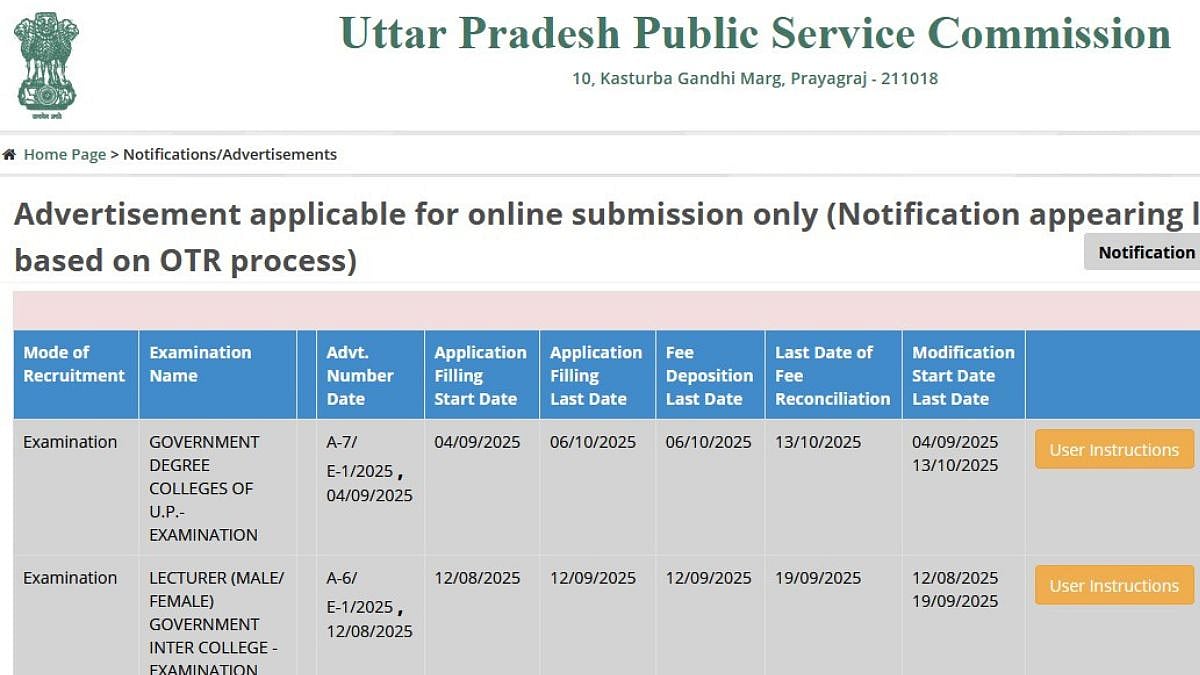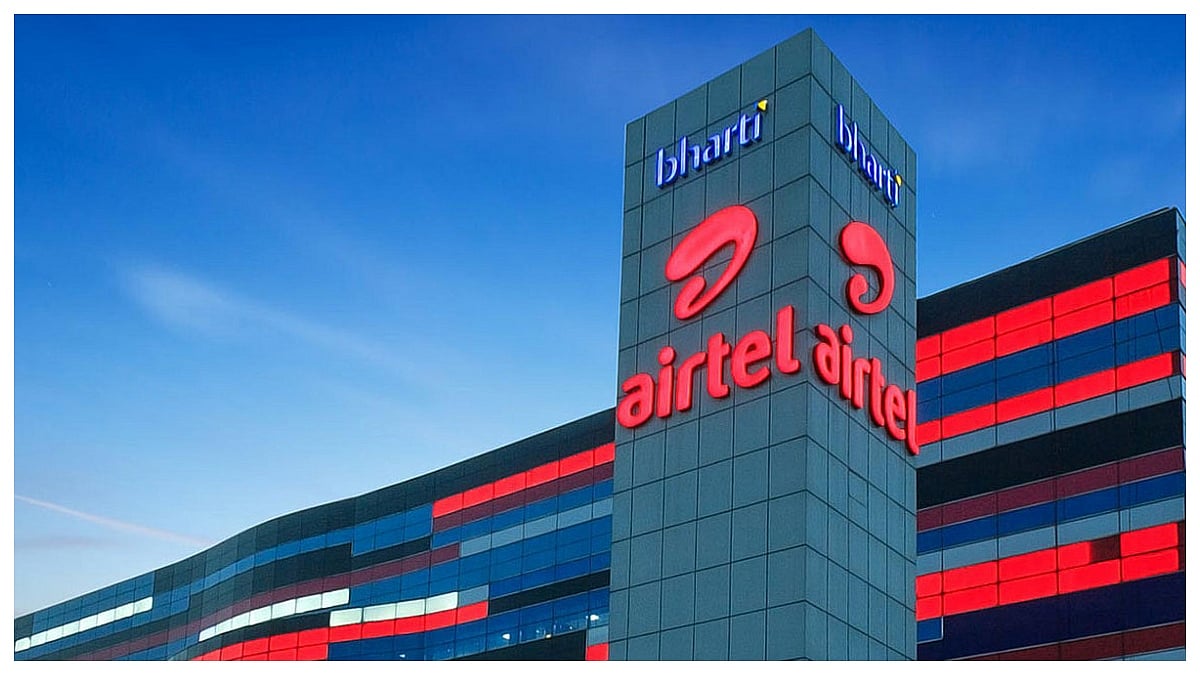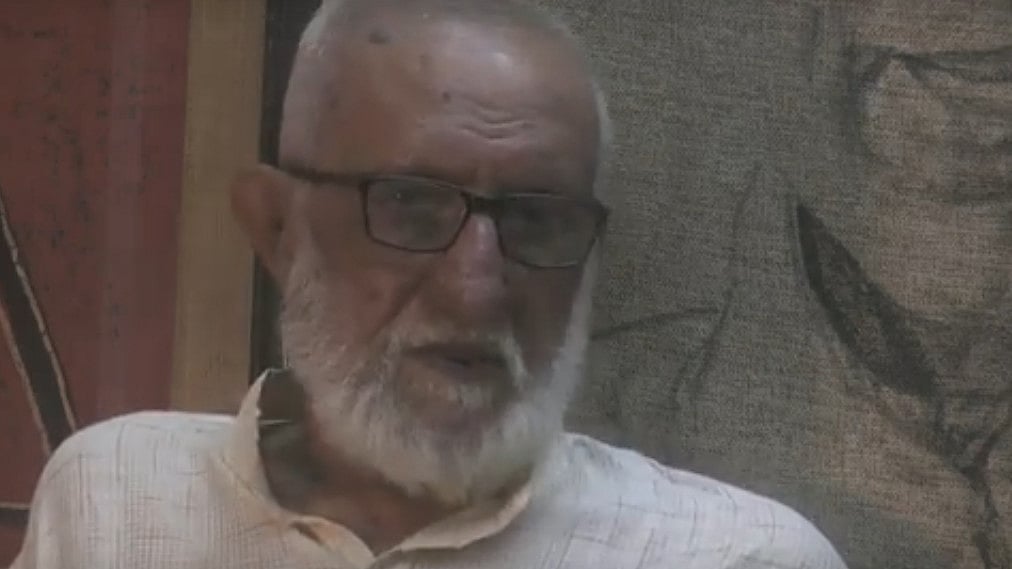If there is one thing that defines Mumbai, it is density. Perhaps it is linked to its destiny; after all, this was an archipelago. The city that arose from the sea is still nibbling at it while gulping down mangroves, mudflats, creeks, and salt pans. Its roads swallow footpaths, towers swallow roads, so much so that we have to build a road in the sea.
The balconies, the open space in an apartment, have been swallowed by the drawing rooms. Mumbai’s only open space is under flyovers because gardens and playgrounds have been swallowed on the drawing board itself. Having been deprived of open space for so long, Mumbaikars have adjusted to cramped places and feel uneasy if they can’t locate another human at an arm’s length.
Instead of causing claustrophobia, it has had the opposite effect, agoraphobia. We are content with our per capita open space of 1.24 square metres. Our minister for environment and tourism Aaditya Thackeray has no idea of the blunder he has committed by promising to up that figure to 6 sq. metres by 2040. He had better round it off to one square metre if his party hopes to retain power in the BMC.The city is about density.
The minister had better not mess with our minds. Earlier this month, all the municipal corporators were rushing to complete beautification projects in gardens and parks before their term ended as if their re-election depends on open spaces rather than on protecting the encroachment of open spaces by shopkeepers and slum dwellers.
The Thackeray scion is just a cub. He talks of increasing urban greenery when the BMC Act does not consider the maintenance of open spaces as a mandatory duty but mentions it as one of the civic body’s several discretionary duties.
In 2017-18, the BMC allocated only 1.3 percent of its total budget towards the maintenance of open spaces, reducing it to 0.7 percent in the 2020-21 budget. Aaditya has been running around inaugurating a traffic island garden here, a seafront strip there, and posing on viewing decks by the sea.
Doesn’t he know that the only tactical urbanism that Mumbai appreciates is vertical slums posing as skyscrapers, that the only view a Mumbaikar likes is that of his neighbour’s apartment;it’s a reality show which gives him insights into his ownlife. Sometimes though,he likes to see Hindi films because they show fantasies such as lovers running around trees. Since there’s no space for planting trees in Mumbai, the government wants all new construction to have rooftop gardens.
And instead of planting trees in their plots, builders are told to maintain vertical gardens.They get away by naming their projects - Green Acres, Eden Gardens, Whispering Palms, Nandanvan, Mahindra Gardens. The government bends over backward to tweak rules for the builders but none of the rules is about maintaining greenery in the housing complexes. Money doesn’t grow on trees but the actions of the urban development department show that they believe that trees grow on money.
Mumbai is controlled by a real estate agenda that dictates arbitrary changes in land use and development control regulations. Hence it is that the contour maps showing flood-prone zones after 2005 deluge was kept under wraps.There is a long history to this which stretches back to more than a century.
In fact, the only times the city has thought of open spaces is at the time of pandemics. The 1898 plague led to a host of measures to improve sanitary and living conditions for which a development plan with 300 open spaces was drawn up. In the next pandemic, we may not have any space to build Jumbo Covid centres, which will then be made on platforms anchored off the coast.
The World Health Organization (WHO) has set a minimum limit of nine square metres of open space per capita in urban areas, the UN has pegged this figure at 30 sq. m, and the EU considers 26 sq. m of open space per capita as acceptable. London has 31.68 sq. m, New York City has 26.4 sq. m and Tokyo has 3.96 sq. m. In India, planning agencies follow the Housing Ministry’s 2014 Urban and Regional Development Plan Formulation and Implementation guidelines, which suggest 10-12 sq. m.
Delhi has 21.52 sq. m, Bangalore has 17.32 sq. m but Chennai has only 0.81 sq. m. It can’t be said that the BMC has not applied its mind to the problem. The 2014-34 development plan for Mumbai bumped up the percentage of open space in the city from 26 percent in 2012 to 46 percent in 2016 by changing the definition of open space.
Now, mangroves, mudflats, creeks, rivers, and even `nullahs’ – all of which are out of bounds -- are counted as open spaces, putting Mumbai is on par with Singapore and Sydney in terms of percentage of open space. Ironically, these are the very spaces that architect PK Das, the man behind the Bandstand promenade, had suggested to be opened up to the public.
Instead of maintaining the land along the mangroves as an eco-sensitive border, he suggested integrating it in the urbanised area with the concept of promenades and cycling tracks and thus merging it with the idea of open spaces, to experience them as a part of the public realm. According to him, the idea of creating greenspaces should not just be designated to the building of cute and fancy parks and gardens but creating a network of open spaces, open and clear forever for all the citizens equally.
All this can happen only if the citizens demand it. Right now, Mumbaikars have a warped definition of open space. They are addicted to congestion. No one dare show them a dream about open spaces.
(The writer is an independent journalist based in Mumbai and writes on civil society, law enforcement, environment, and urban development. He tweets at @anilsingh703)











